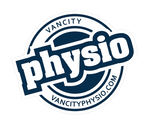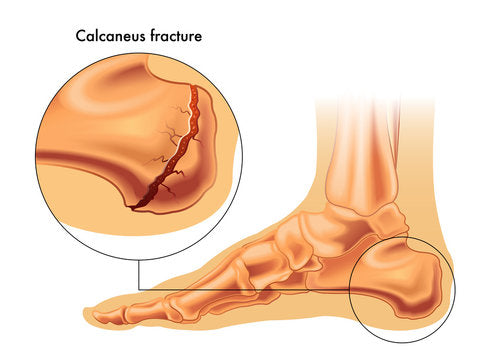A calcaneus fracture, or heel bone fracture, is a serious injury that can significantly impact mobility, independence, and quality of life. Whether you’ve recently suffered one or are navigating recovery, understanding what comes next is essential for both physical and emotional healing.
In this post, we’ll break down the recovery journey, possible long-term effects, and tips for returning to a fulfilling lifestyle after a calcaneus fracture.
Understanding the Injury
The calcaneus is the largest bone in the foot and plays a key role in walking, standing, and absorbing shock. Fractures to this bone often result from high-impact events like falls from height or car accidents. Depending on the severity, treatment may be non-surgical (casting and rest) or surgical (typically with plates and screws).
The Road to Recovery
🩼 1. Initial Healing Phase
Duration: 6–12 weeks (or longer if surgery was involved)
You’ll likely need to stay off the injured foot during this phase. This can mean using crutches, a walker, or a wheelchair.
A cast or walking boot is often used to immobilize the foot.
🏃 2. Rehabilitation
Physiotherapy plays a critical role in regaining strength, flexibility, and mobility.
Weight-bearing usually resumes gradually, guided by X-rays and your doctor’s advice.
Expect a full recovery timeline of 3–12 months, depending on injury severity.
Long-Term Effects to Consider
Unfortunately, some calcaneus fractures lead to ongoing issues, such as:
* Chronic pain or stiffness in the heel or ankle
* Subtalar arthritis, due to damage to the joint surface
* Altered gait or limp
* Reduced range of motion
* Hardware-related discomfort (if surgical implants were used)
While some individuals return to full function, others may have lasting limitations.
Returning to Daily Life
Adapting after a calcaneus fracture often involves both physical and emotional adjustments:
🩰 Footwear & Support
Many patients benefit from custom orthotics, heel cushions, or specialized shoes to reduce pressure and pain.
You may need to avoid high-impact activities like running or jumping permanently.
🧘 Staying Active, Safely
Low-impact exercise options like swimming, cycling, and yoga can help you stay fit without stressing the heel.
Follow your physiotherapists plan closely to avoid re-injury.
💬 Mental Health Matters
Long recoveries can be emotionally draining. Feelings of frustration, anxiety, or even depression are common.
Don’t hesitate to:
Talk to a therapist or counselor
Join support groups for people recovering from orthopedic injuries
Celebrate small wins in your recovery journey.
Life after a calcaneus fracture can be challenging, but with the right support and rehabilitation, many people regain their independence and activity levels. Patience is essential your body needs time to heal, and progress often comes in small, steady steps.
Whether you're in the early stages of recovery or adjusting to long-term changes, you can contact us at VanCity Physio to help you get back on your feet!


